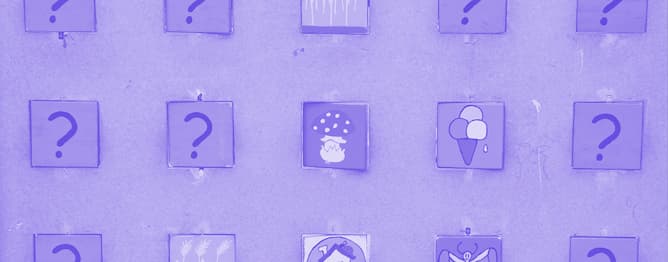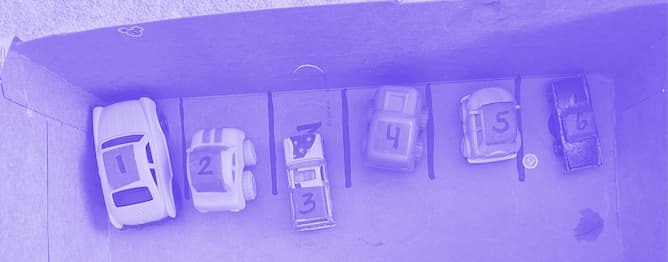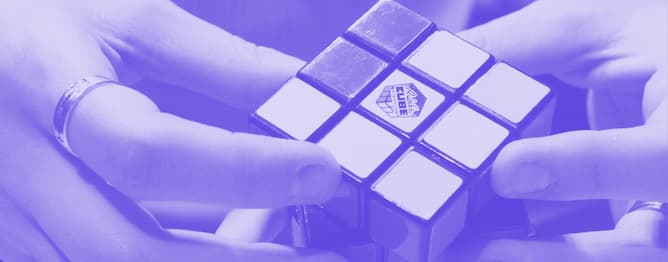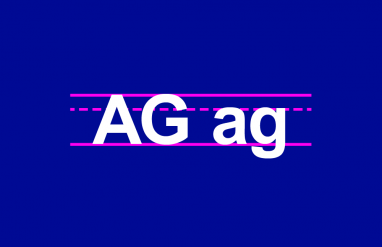Practice remembering letters, parts of speech, sight words, and more with these learning games
Get your preschooler or kindergartner learning while having fun with these ELA word games you can play as a family.
Letter dice
This game requires a little bit of preparation, but the added tactile element makes it worth it.
- Put letters on dice (or make some using a template). You can make a variety of letters and use them all at once or swap them out periodically. Be sure to include all five vowels. Make 3–5 dice (you can use the same letter more than once).
- Roll the dice.
- Take turns identifying what letters came up and sounding out the letters.
- Bonus: Have each person volunteer a word that starts with that letter and find the object around the house.
Guess the color
This game gets your child to really grasp their colors, as well as learn new vocabulary around the house.
- Put color balls or paper pieces with different colors on them into a bag.
- Pick a color out of a bag but don’t let anyone see what you picked!
- The person that picked the color should start naming things in the room or house that are that color.
- The rest of the family has to guess the color.
Remember the adjective
This is a new twist on the classic game of Memory™!
- Cut up a piece of paper (or several pieces) into squares. Write adjectives on half the squares (example: small).
- Have your child draw a picture on the other half of the squares that illustrates each adjective (example: your child may draw an ant to represent “small.”)
- Put the pieces of paper face down on a flat surface.
- Take turns picking 2 pieces of paper to find the word and matching illustration. Hint: Use your memory to remember where certain cards were placed for your next turn.
- Keep taking turns until you find all the matches.
Mirror fun
- Sit in front a mirror together. Take a picture. Print the picture if possible. Then, label the picture with body parts. Otherwise draw a picture of the body parts with labels.
- Have your child look in the mirror again and start naming their own body parts, based off of the picture.
- Then, have them draw a picture of their own face or body.
Rhyming catch
- Find a soft ball (or stuffed animal).
- Say a word (such as cat) and toss the ball to your child.
- After catching the ball, your child says a word which rhymes with your word (e.g., hat, mat) and tosses it back.
- Continue until you can’t think of rhyming words.
- Silly, nonsense words are also great as long as they rhyme!
Try a twist: Rhyming potato
A fun alternative if you have more than two people playing. Find an object that you can toss around to each other to play an alternative version of the classic game Hot Potato.
- The person holding the potato at the beginning of the game says a word.
- They toss the potato to the next person.
- That person catches the potato and says a rhyming word.
- Keep throwing the potato until someone can’t think of a new rhyming word.
Number cars
- Ask your child to choose 10 different cars (or blocks or stuffed animals).
- Write the numbers 1–10 on separate pieces of masking tape. Stick one numbered piece of tape to each car.
- Make “parking spots” for the cars on a piece of paper or cardboard and write one number in each slot. The numbers don’t have to be in order!
- Have your child match up the car with the same numbered parking spot.
- For a variation, draw dots in each parking slot instead of numbers. Now your child will have to count the dots to find the correct parking spot.
- Challenge: Encourage your child to line up the cars from 10 to 1 and try counting backwards.
Guess my number
Write the numbers 1–10 on separate note cards or simply use a deck of cards with the face cards removed.
- Mix up the cards and place them upside down.
- Pick a card, but don’t let anyone see what you have picked.
- Provide clues to help your family guess your number (e.g., “I have this many fingers,” “there are this many people in our family,” etc.)
Noun charades
Here’s a fun way to get some jiggles out while expanding your kid’s understanding of words.
- Write easy-to-read nouns on note cards or pieces of paper (e.g., tub, hat, frog, rug, desk, etc.). You can even write names of people and pets!
- Put the noun cards into a bag.
- Take turns pulling out a noun and acting it out for everyone else to guess!
Shape hunt
- Gather objects from around the house in each of the following 3D shapes:
- Have your child sort the objects by shape. Name each of the shapes as you sort.
- Now put the objects in a bag. Take turns feeling an object in the bag and guessing the shape using only your sense of touch. No peeking!
Race for the shape
Get your running shoes on and enjoy some exercise while learning different types of shapes.
- Write the names of 2D or 3D shapes on note cards or small pieces of paper and place them in a bag.
- One player chooses a card and reads the shape name out loud.
- All other players race around the house looking for an object with that shape.
- The first person back with an item of that shape wins the round!
Slap the word
This is a good one to get some of the yoo-hoos out.
- Think of at least 5 sets of opposites (e.g., happy, sad; day, night).
- Draw pictures of each word and its opposite on different sheets of paper—there should be one picture per piece of paper and at least 10 pictures total. Write the related word in large letters under each picture.
- Lay out the papers on the floor or a table. You may want to put something underneath the papers like a towel.
- Give each of the players something to hit the board with, like a flyswatter, a wooden spoon, or a drumstick.
- Say one of the words aloud.
- The first player to slap the opposite gets a point.
Verb race
- Have each family member line up at one side of the house. Find a spot that will be the finish line.
- One person will pick a verb that everyone has to do (examples: jump, crawl, walk, etc.).
- Race from the start to the finish line doing that action.
- Race multiple times, the next person choosing an action each time.






















